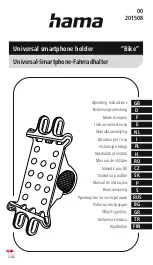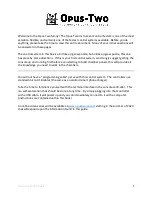
Chapter 2 Network configuration 131
Using the Business Policy Switch 2000 Version 1.2
Figure 40 Switch-to-server trunk configuration example
Client/server configuration using MultiLink Trunks
Figure 41
shows an example of how MultiLink Trunking can be used in a
client/server configuration. In this example, both servers connect directly to
Switch S1. FS2 is connected through a trunk configuration (T1). The
switch-to-switch connections are through trunks (T2, T3, T4, and T5).
Clients accessing data from the servers (FS1 and FS2) are provided with
maximized bandwidth through trunks T1, T2, T3, T4, and T5. Trunk members
(the ports making up each trunk) do not have to be consecutive switch ports; you
can select ports randomly, as shown by T5.
With spanning tree enabled, one of the trunks (T2 or T3) acts as a redundant
(backup) trunk to Switch S2. With spanning tree disabled, you must configure
trunks T2 and T3 into separate VLANs for this configuration to function properly
For more information on configuration guidelines for spanning tree, VLANs, and
MultiLink Trunking, refer to Chapter 1 and
“IEEE 802.1Q VLAN workgroups
.”
S1
FS1
FS2
T1
9805EA
Business
Policy Switch 2000
Summary of Contents for 2000
Page 16: ...16 Contents 208700 B ...
Page 22: ...22 Figures 208700 B ...
Page 26: ...26 Tables 208700 B ...
Page 32: ...32 Preface 208700 B ...
Page 86: ...86 Chapter 1 The Business Policy Switch 2000 208700 B ...
Page 272: ...272 Chapter 3 Using the console interface 208700 B ...
Page 292: ...292 Chapter 4 Policy enabled networks 208700 B ...
Page 326: ...326 Chapter 5 Sample QoS configuration 208700 B ...
Page 346: ...346 Appendix B Interoperability in a mixed stack configuration 208700 B ...
Page 368: ...368 Appendix C Media dependent adapters 208700 B ...
Page 386: ...386 Appendix E Connectors and pin assignments 208700 B ...
















































